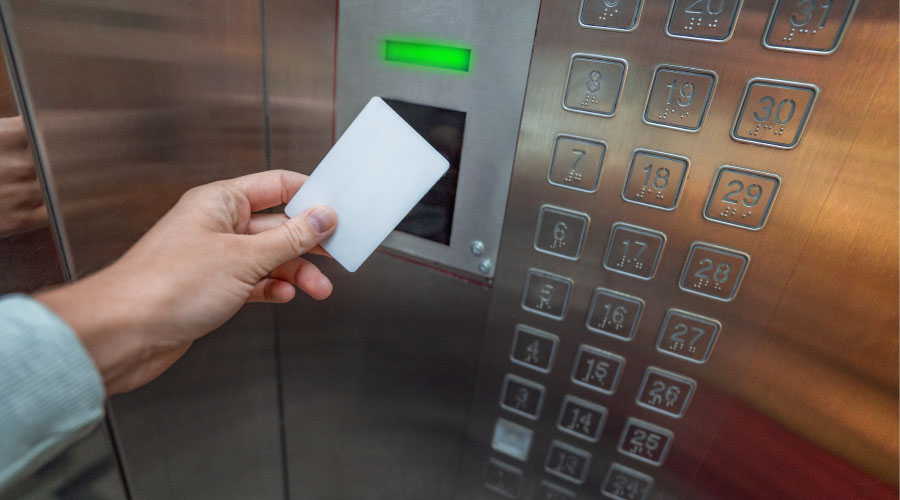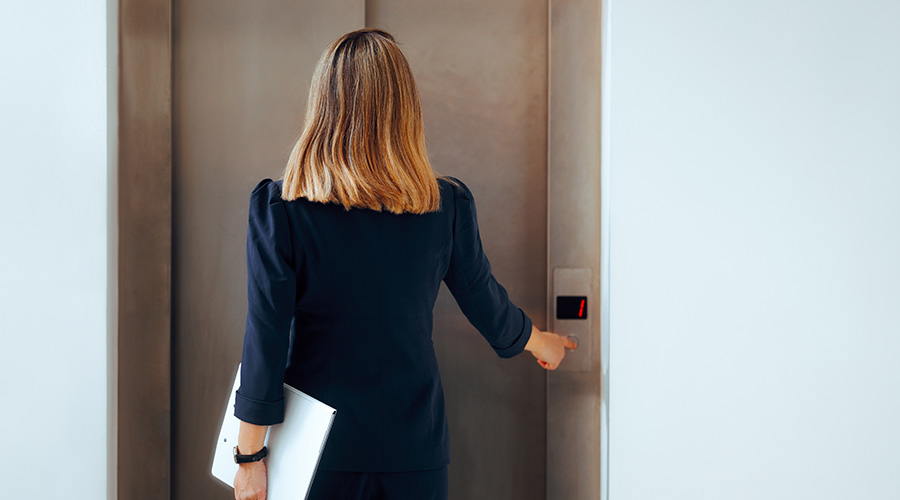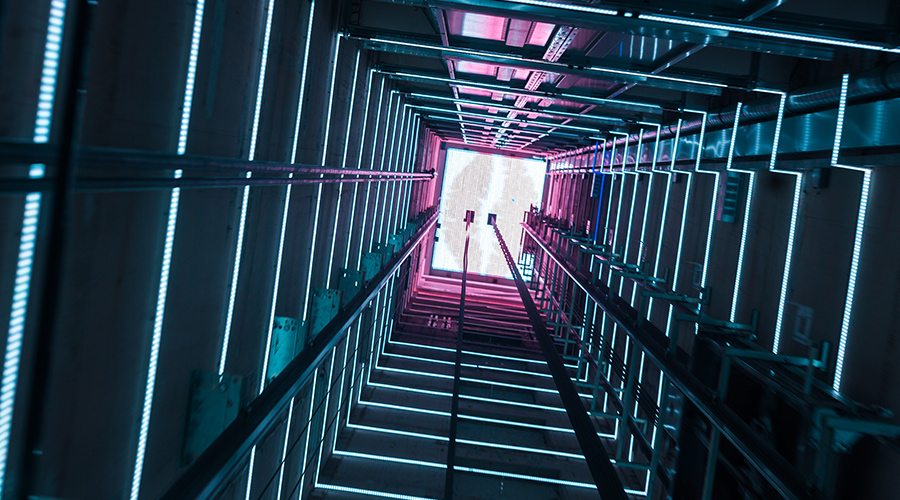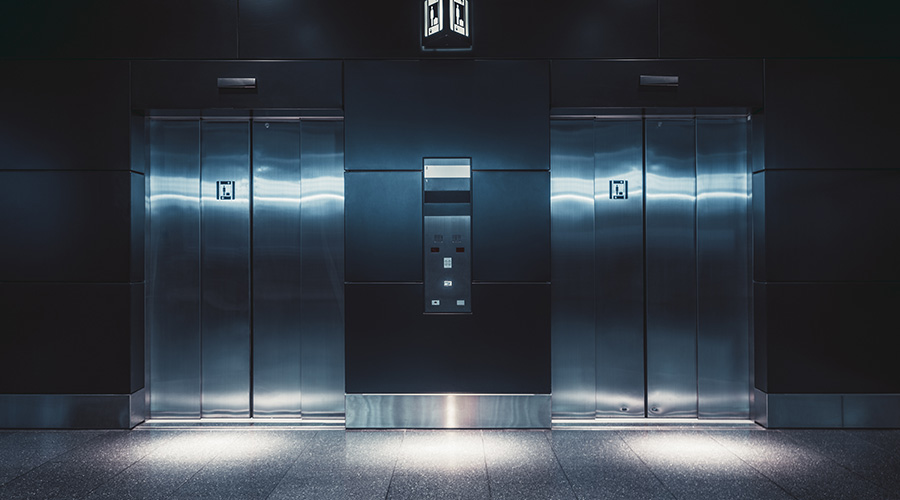Steps to Determine Proper Scope of Elevator Modernization
In today's economic environment, owners and property managers are doing just about all they can to keep existing tenants and attract new ones. Competition between buildings for tenants is aggressive, and owners are looking for ways to differentiate their buildings from the competition. One way that building owners are doing this is by modernizing their existing elevator and escalator systems.
Modernization is a major undertaking in an occupied building and should be planned carefully to minimize disruption of the daily activities of tenants. What's more, the planning process is fraught with other complexities: determining the appropriate scope of equipment replacement or reconditioning, understanding the current code issues associated with modernization, preparing the necessary specifications, bidding and negotiating the modernization contract, and managing the modernization process. Taking into account all those considerations to complete a successful modernization requires in-depth knowledge and attention to details.
Getting Off
to a Good Start
The first step is to evaluate building use and current and projected tenant requirements. Part of this step includes evaluating competitive properties in the area to have a basis of comparison. Evaluating building use and tenant requirements is the first critical step in planning, as a modernization project represents a significant capital expenditure to the property. Proper analysis and planning at this stage ensures the proper selection of elevator equipment and in particular, the proper elevator control and drive systems to ensure the long-term leaseability and enhance the asset value of the property.
One of the most important decisions at this stage is whether to install a destination selection control system. These systems offer sophisticated traffic handling capabilities and enhanced tenant security because they can provide direct access to a floor with designated elevators. If the system includes an interface with building security turnstiles, security can be further improved because visitors can only go to the floors to which they're granted access.
These systems also can include tenant lobby directory touch screens, value-added features such as discrete VIP service, selection of a particular elevator, and improved service to mobility impaired tenants and visitors.
Destination selection control systems, when applied in an office environment, offer improved handling capacity during the morning rush and may enhance leasing flexibility. These systems, although predominantly installed in office buildings, are also being applied in luxury residential and certain major high-rise hotel passenger and service elevator applications.
Existing Equipment
The second critical step in planning a major modernization is an accurate assessment of the condition of the existing equipment. This means looking at the remaining useful service life of major components such as the hoist machine and measuring ride quality. It also means looking at the potential for energy conservation and for reduction in radio frequency interference (RFI). RFI increases over time as buildings age because of changes to the building, like the addition of wiring for specific tenant needs or for new building systems. Depending on the frequency of tenant turnover and the age of the building, the problem can be noticeable enough that it affects tenant computers and other sophisticated equipment. Selection of a particular elevator drive has, in some instances, helped to reduce RFI problems.
Aesthetic considerations can have a major impact on the selection of equipment for modernization, so it's important to examine the condition of the elevator lobbies and the interior finishes of elevator cabs. Replacement of the cab interior finishes provides visual reinforcement to the existing tenants that any reduced service levels during the extensive modernization process resulted in substantial improvements to the elevator systems. Additionally, new aesthetically pleasing cabs enhance the building's image and therefore can help improve tenant retention and be a good selling point to prospective tenants.
Additionally, a thorough assessment of the existing hoistway, pit and machine room — as well as electrical distribution to machine rooms — is important. Components of the fire and life-safety systems — including existing fire alarm panels, type and location of smoke detectors, sprinklers, and smoke venting and pressurization — should also be included in the assessment.
Now is the time to examine the capacity of the standby generator and its interface to elevators. It's also an opportunity to examine any problems because of the building "stack effect," where differences in air temperature cause the elevator shaft to suck in a lot of air. In some buildings, the stack effect can create "drag" on the elevator doors in the main floor lobby, causing them to close slowly or even preventing them from closing completely. Comparable conditions are typically found at the top landing as well, but are less noticeable since they affect fewer people in the building. Modernization of elevators is often a convenient time to address this situation.
Once this survey is complete, the results obtained during the analysis of building usage and tenant requirements can be overlaid to accurately determine the proper scope of elevator and escalator modernization.
Related Topics:













